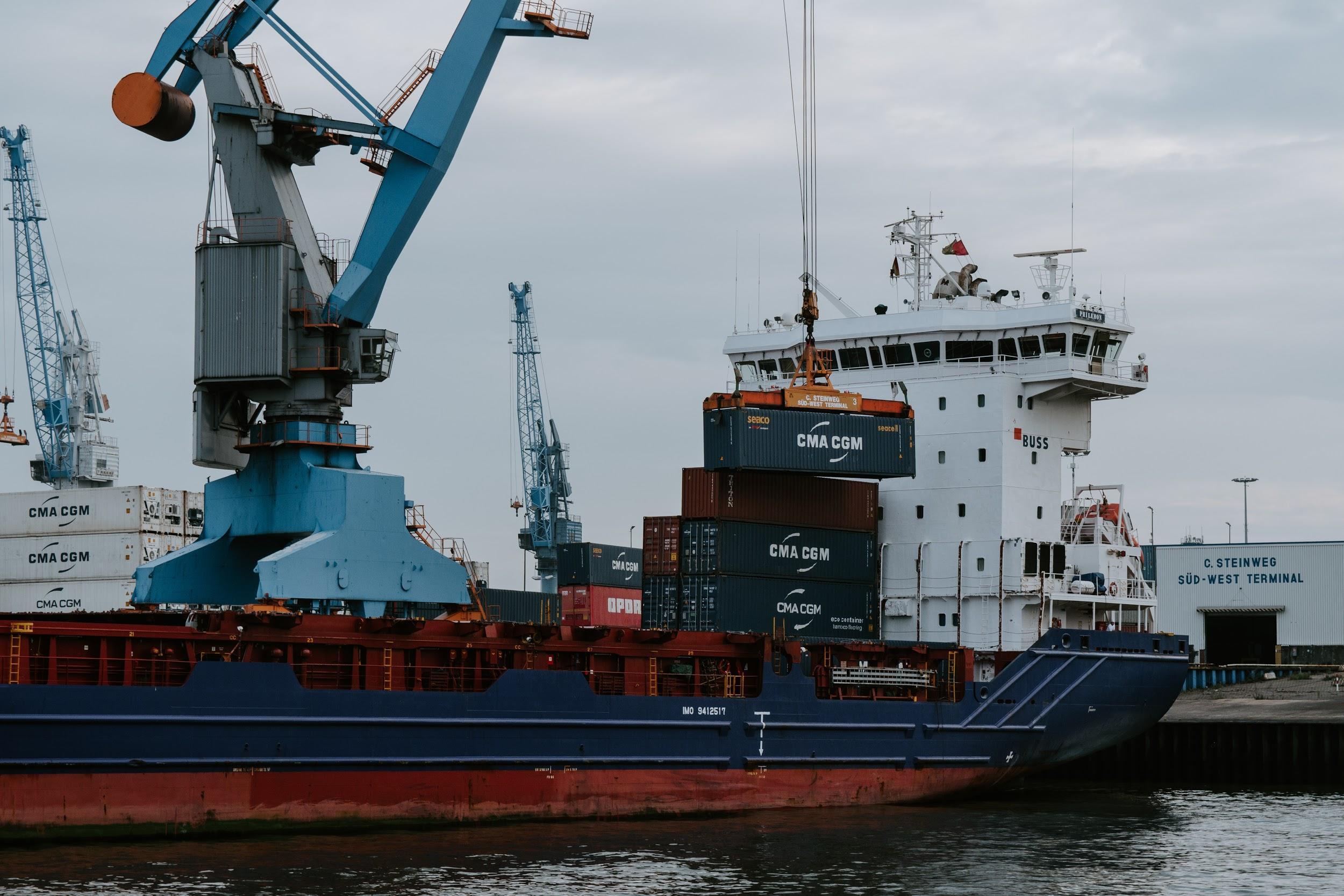When planning a shipment, every shipper gets confused as to which shipping method to use. LCL is a great option for smaller cargo shipment as it is cost-effective and hassle-free as well. This article contains everything you need to know before planning your LCL shipment. So, if you want to know more, keep reading!
LCL agreement is a cost-effective way of sending low volume freights.
What is LCL?
LCL is a short form for Less than a Container Load. It is a shipping agreement that describes that you have a freight load not enough to fill a 20ft or 40ft container to its capacity. Because LCL shipments don’t take much room in a container, they can be grouped with other freights and cargo. You can call it a shared shipping method or a groupage shipment.
Advantages And Disadvantages of LCL Shipment
Advantages:
An LCL shipment is mostly planned when you don’t have a very large volume to transport. Below are the main advantages of LCL shipment :
● Shipping an LCL means you have to pay for a small space inside a container, unlike FCL where you pay for the entire container.
● Shipping less volume means you don’t have to spend a lot on the inventory space.
● LCL is way more affordable than air freight, so if you can afford to wait a little extra, you can save a huge chunk of your shipping cost.
● LCL is much easier to find during peak seasons and high traffic.
Disadvantages:
Just like any other thing, LCL too has some downsides which must be considered before choosing this method. Below are a handful of disadvantages to look at :
● LCL shipments are subjected to frequent loading and unloading, which takes a lot of time.
● For large volumes, LCL can cost more than FCL. Sometimes they can even cost twice as many other shipping methods.
● The customs delays on other shipments in your container can delay your delivery time.
● LCL goods are prone to damages because they are handled multiple times.
Cost of LCL Shipping
The cost of LCL shipment is determined by taking into account factors like volume, type of items, distance, etc.
As a general rule of thumb, the more your goods take, the more you have to pay. Also, weight is taken into account, but volume matters more.
Normally, the LCL price quotes from most services include the following cost :
● Pickup Cost: This includes the cost of picking your goods from a factory or warehouse.
● Origin Cost: LCL shipment needs to be loaded onto the contents along with several other shipments, at a Container Freight Station. This process is also known as container stuffing.
● Main Leg: This includes the overall cost of the sea journey. Although it is the main leg of transportation, it is not overly expensive. In fact, origin cost is the most expensive part as it involves a lot of machinery and manpower.
● Destination Cost: On reaching the destination, LCL shipments are again taken to CFS, where the containers are unloaded or unstuffed.
● Delivery Cost: Finally, the cost of delivering your shipments to the final destination is included in the overall cost.
How Does An LCL Shipment Work?
Below is a step-by-step process of how an LCL shipment works :
1. Select a reliable service provider.
2. Share your shipment details like origin, destination, shipment volume, type of goods, etc. with your service provider).
3. The freight leaves your warehouse and reaches the warehouse or CFS of your service provider.
4. Your service provider processes the shipment details and identifies what other cargoes can be grouped with your shipment.
5. Cargo is consolidated with other LCL goods and loaded onto a container, which is then loaded onto a ship.
6. Ship leaves the source port and arrives at the destination. Here, the container is unloaded and sent to the destination warehouse.
7. Shipment is unconsolidated and the service provider delivers the shipments at the doorstep of your customers.
Tips For Packing an LCL Shipment
As discussed above, the main drawback of LCL shipment is that they are prone to damage. Below are some tips for packing an LCL shipment to ensure its safety :
● Always pack your goods in sturdy boxes specially designed for exporting purposes. Avoid using bags and old boxes.
● For added safety and security, place your cargoes on pallets and then secure them using wraps and straps. After that, load the pallets on the containers. This process is referred to as palletised LCL. Pallets are flat boards kind of structures usually made with plastic, steel or wood.
● Make sure to label each cargo with proper details such as booking number, shipper, consignee, destination country, etc. This ensures easy handling.
● Number each cargo using visible tags. This will prevent unnecessary handling in between the stops.
● Pack your cargos in an even manner.
● If your goods are fragile, then avoid stacking them. Make this clear to your freight forwarder.
Planning an LCL shipment is not as complicated as it sounds. This guide will hopefully help you plan your LCL shipment in an easy hassle-free manner.
To know about the process in detail, click the link below :
https://www.cogoport.com/lcl-freight

